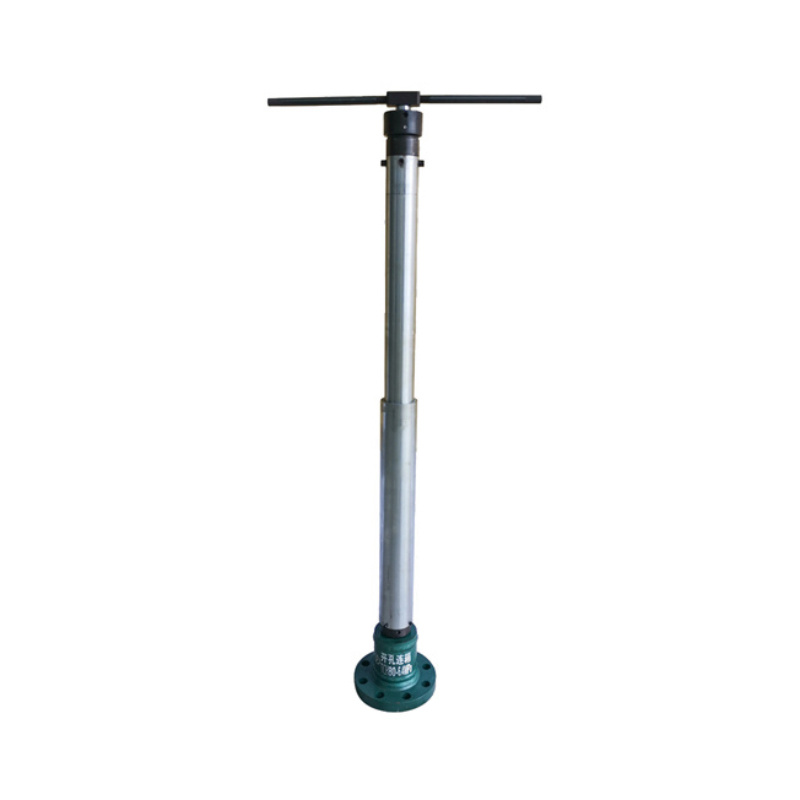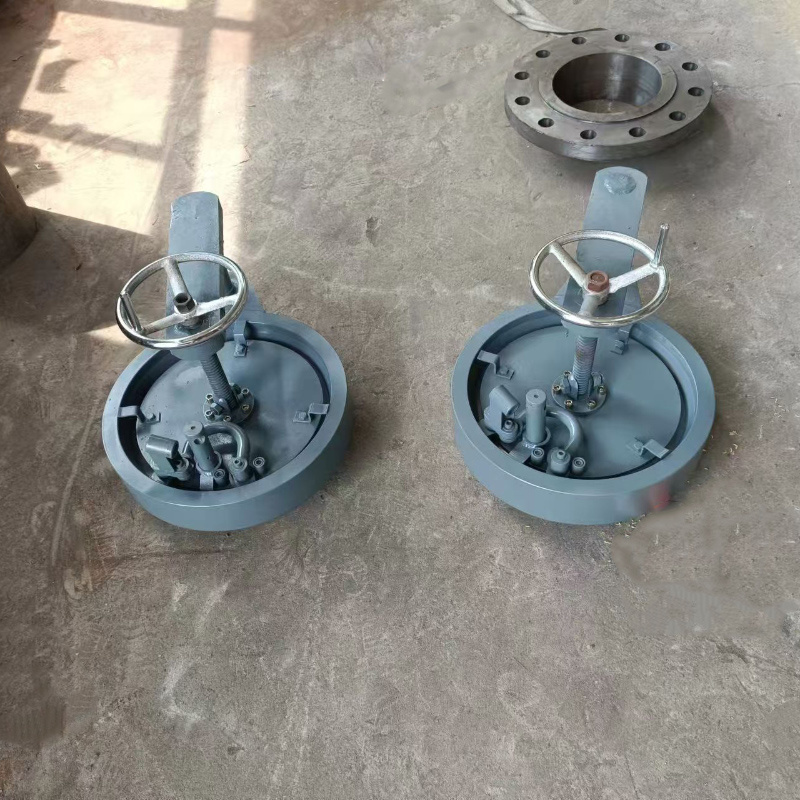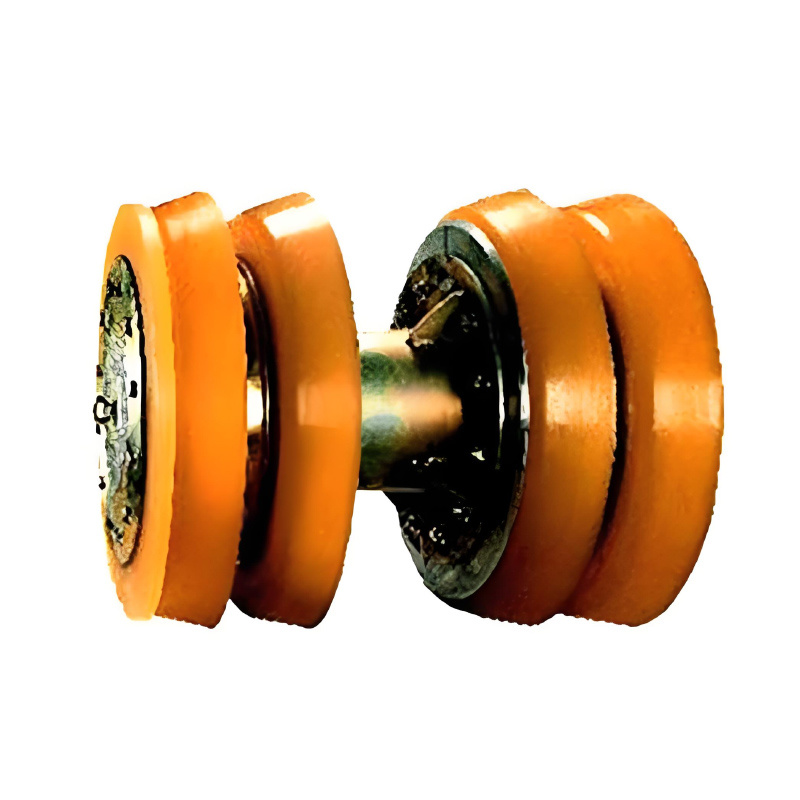Top Reasons to Consider Valveless Opening Pipe Fittings in Your Building Design
Jun 11,2025
Top Reasons to Consider Valveless Opening Pipe Fittings in Your Building Design
Table of Contents
1. Introduction
2. What Are Valveless Opening Pipe Fittings?
3. Benefits of Valveless Opening Pipe Fittings
3.1 Enhanced Flow Efficiency
3.2 Reduced Maintenance Costs
3.3 Versatility in Application
3.4 Environmen

Top Reasons to Consider Valveless Opening Pipe Fittings in Your Building Design
Table of Contents
- 1. Introduction
- 2. What Are Valveless Opening Pipe Fittings?
- 3. Benefits of Valveless Opening Pipe Fittings
- 3.1 Enhanced Flow Efficiency
- 3.2 Reduced Maintenance Costs
- 3.3 Versatility in Application
- 3.4 Environmental Sustainability
- 3.5 Cost-Effectiveness
- 4. Installation Considerations
- 5. Where to Use Valveless Opening Pipe Fittings
- 6. Case Studies of Successful Implementations
- 7. Frequently Asked Questions
- 8. Conclusion
1. Introduction
In the construction industry, innovative materials and components play a crucial role in enhancing the efficiency and longevity of building designs. Among these innovations, **valveless opening pipe fittings** have emerged as a game changer. Unlike traditional pipe fittings that include valves for flow regulation, valveless fittings offer a streamlined approach to fluid transport within buildings. This article delves into the compelling reasons to consider valveless opening pipe fittings, exploring their unique benefits, applications, and installation considerations.
2. What Are Valveless Opening Pipe Fittings?
Valveless opening pipe fittings are specialized components that facilitate the flow of liquids and gases without the need for valves. These fittings are designed to create a direct, unobstructed pathway for fluid movement, minimizing resistance and enhancing overall efficiency. By omitting mechanical parts such as valves, valveless fittings reduce the risk of leaks and failures, making them ideal for a variety of construction applications.
3. Benefits of Valveless Opening Pipe Fittings
3.1 Enhanced Flow Efficiency
One of the most significant advantages of **valveless opening pipe fittings** is their ability to enhance flow efficiency. The absence of valves means there are fewer obstructions in the pipe system, allowing fluids to pass through more freely. This characteristic is particularly beneficial in systems where high flow rates are essential, such as in HVAC applications or water supply networks.
3.2 Reduced Maintenance Costs
Traditional pipe fittings with valves require regular maintenance to ensure proper functionality. Valves can corrode, become clogged, or fail entirely, leading to costly repairs and downtime. In contrast, **valveless opening pipe fittings** minimize these risks, resulting in significantly lower maintenance costs over the lifespan of the building’s plumbing or HVAC systems.
3.3 Versatility in Application
Valveless opening pipe fittings are versatile and can be used in various applications. From residential plumbing systems to large-scale industrial setups, these fittings adapt well to different environments. Their flexibility makes them suitable for both new construction projects and retrofitting existing installations, allowing builders and architects to incorporate them seamlessly into their designs.
3.4 Environmental Sustainability
In today’s world, sustainability is a key consideration in building design. **Valveless opening pipe fittings** contribute to environmental sustainability by reducing water and energy wastage. Their efficient flow characteristics help in minimizing energy consumption in pumps and HVAC systems, which can significantly lower the carbon footprint of a building. Additionally, these fittings often have a longer lifespan compared to traditional options, reducing the need for frequent replacements and the associated environmental impact.
3.5 Cost-Effectiveness
The overall cost-effectiveness of **valveless opening pipe fittings** is another compelling reason to consider them in building design. While the initial investment may be slightly higher than traditional fittings, the long-term savings from reduced maintenance and energy efficiency often outweigh these costs. Furthermore, their durability means that they are less likely to require replacement, making them a wise financial choice for property developers and owners.
4. Installation Considerations
When opting for valveless opening pipe fittings, it is essential to consider specific installation guidelines to ensure optimal performance. Here are a few critical factors to keep in mind:
- **Compatibility**: Ensure that the valveless fittings are compatible with the existing pipe materials and systems. This compatibility helps maintain system integrity and performance.
- **Proper Sizing**: Selecting the correct size of fittings is vital to prevent flow restrictions or excessive pressure drops. Consulting with a plumbing engineer can help in making the right choice.
- **Installation Techniques**: Follow manufacturer guidelines for installation to achieve the best results. Improper installation can lead to leaks or reduced efficiency.
5. Where to Use Valveless Opening Pipe Fittings
Valveless opening pipe fittings can be employed in various applications throughout the building industry. Some common uses include:
- **Residential Plumbing**: For efficient water supply and drainage systems, valveless fittings can enhance performance and reduce maintenance needs.
- **Commercial HVAC Systems**: In heating, ventilation, and air conditioning systems, these fittings improve airflow and energy efficiency.
- **Industrial Applications**: Valveless fittings are effective in transporting chemicals, water, and gases in manufacturing processes, ensuring a reliable and efficient flow.
- **Irrigation Systems**: In agricultural settings, these fittings can optimize water distribution, reducing waste and improving crop yields.
6. Case Studies of Successful Implementations
To illustrate the effectiveness of **valveless opening pipe fittings**, let’s explore a few case studies:
- **Case Study 1**: A mid-sized commercial building adopted valveless fittings in its HVAC system. The result was a 20% reduction in energy costs, allowing the building to achieve LEED certification for sustainability.
- **Case Study 2**: In a recent residential construction project, using valveless pipe fittings minimized plumbing maintenance issues, leading to positive feedback from homeowners regarding the efficiency of water supply and drainage systems.
7. Frequently Asked Questions
What materials are valveless opening pipe fittings made from?
Valveless opening pipe fittings can be made from various materials, including PVC, CPVC, stainless steel, and brass, depending on the application and the desired durability.
Are valveless opening pipe fittings suitable for high-pressure applications?
Yes, many valveless opening pipe fittings are designed to withstand high pressures, making them suitable for industrial applications and systems that require high-pressure fluid transport.
How do I choose the right size of valveless opening pipe fittings?
Selecting the correct size involves calculating the flow rate and considering the diameter of the existing piping system. Consulting with a professional can help ensure you make the right choice.
Can I retrofit existing systems with valveless opening pipe fittings?
Yes, valveless opening pipe fittings can often be retrofitted into existing systems, improving their efficiency and reducing maintenance needs.
What are the long-term benefits of using valveless opening pipe fittings?
Long-term benefits include reduced maintenance costs, improved energy efficiency, and enhanced fluid flow, leading to lower operational costs and a more sustainable building design.
8. Conclusion
Incorporating **valveless opening pipe fittings** into your building design offers numerous advantages, from enhanced flow efficiency to cost-effectiveness and environmental sustainability. As the construction industry evolves, embracing innovative materials and components becomes essential for creating efficient, durable, and sustainable buildings. By understanding the unique benefits of valveless fittings and their applications, builders, architects, and property owners can make informed decisions that lead to successful and sustainable construction projects.









